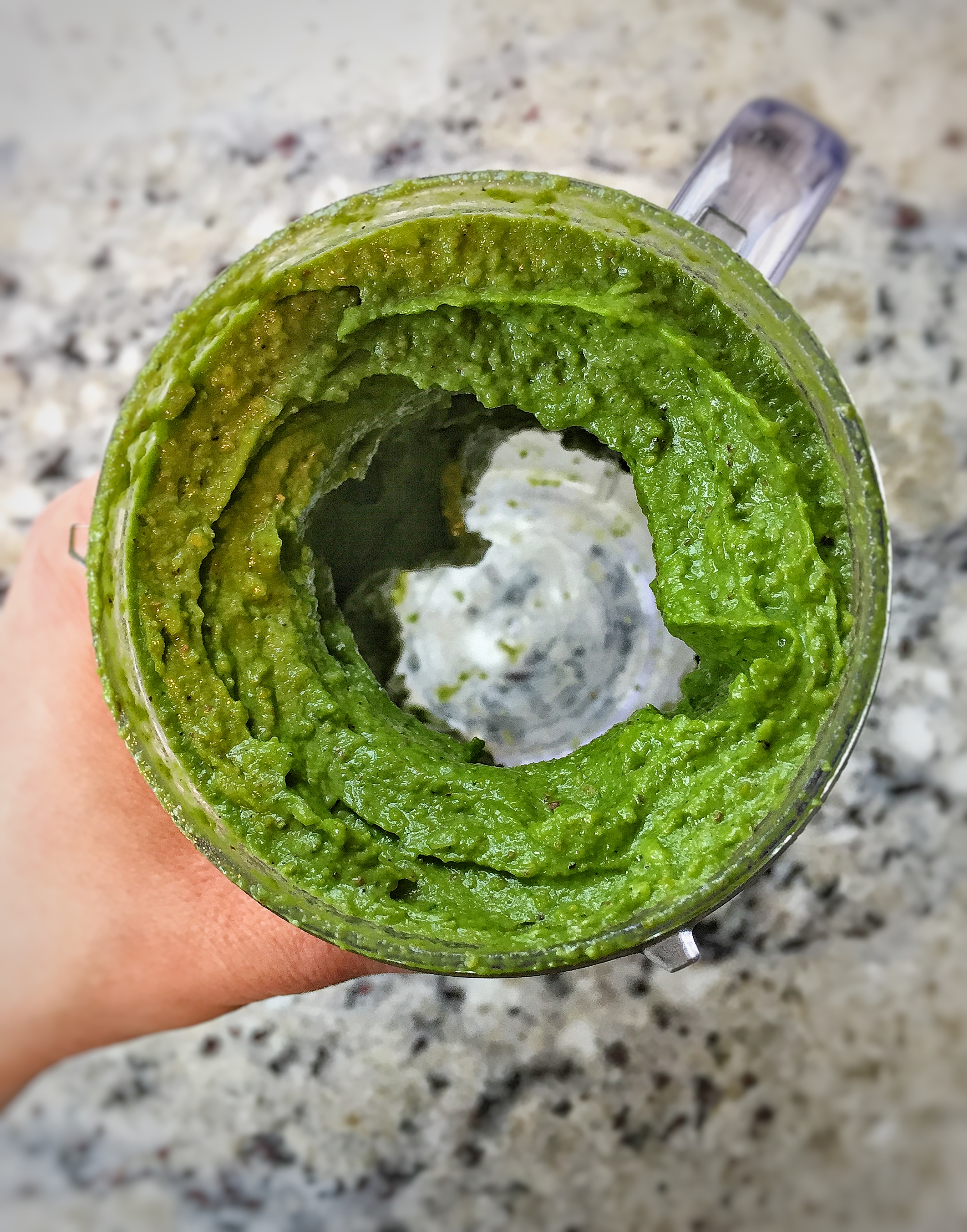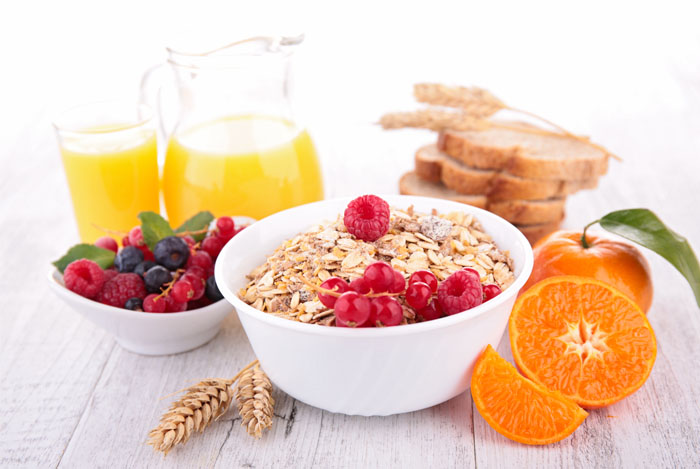
With so much information available on food labels, it can be difficult to navigate and figure out what’s really best for your body.
I had a really fun discussion with WZZM 13 news yesterday morning about how to best navigate those confusing food labels and why to be cautious about health claims. Check out the video here!

Marketing of food items affects how we as consumers purchase foods and this proves true with foods that we think are nutritious. A recent study from the Journal of the Academy of Nutrition and Dietetics revealed that individuals were more likely to purchase snacks with health claims even if they are not the most nutritious. Health claims can include organic, low-fat, all-natural, reduced sodium, etc.
In particular, participants in this study were 30% less likely to use the Nutrition Facts label before their purchase if a nutrient content claim was on the front of the package. Although only 10% of participants opted to look at the Nutrition Facts label, those that did were 5 times more likely to choose the healthier option. These results only cement the need for consumers to be their own health advocates and understand how to navigate food labels for healthy foods.
Guide to navigating food labels
Sample Nutrition Facts label:

1. Start with the serving size. Look at the serving size and total servings per container. Then ask yourself, “Am I going to consume more than one serving”? If the answer is yes, then be sure to double the total nutrient numbers (i.e. calories, grams of fat, etc.).
2. The Rule of 3. Know which nutrients to limit and which to get more of. The top three nutrients, fat, cholesterol, and sodium are all nutrients to keep your intake the least of as part of a healthy, balanced diet. However, intake of the right type of carbohydrates, dietary fiber, and adequate vitamins and minerals, such as calcium, are nutrients to make sure you get enough of.
3. Understanding the percent daily value. Knowing that 5 percent DV or less is low and 20 percent DV or more is high is an easy rule of thumb to remember. Always remember to double these percentages as needed if you are consuming more than one serving.
Take away message(s):
- Don’t depend on health claims to determine the nutrition quality of a food.
- When in doubt, check the nutrition facts label! I know it can be scary, but by just looking at the nutrition facts label, you are more likely to make a healthier choice.
- If this is still very confusing to you, start by shopping the perimeter of the grocery store to increase your probability of purchasing fresh and healthy ingredients.
- Better yet, focus on using the MyPlate method by filling your plate with nutrient-dense foods, such as fruits, vegetables, whole grains and legumes that don’t need health claims to make them healthy.
![]()
Have a great Thursday everyone!
-EAW




























































